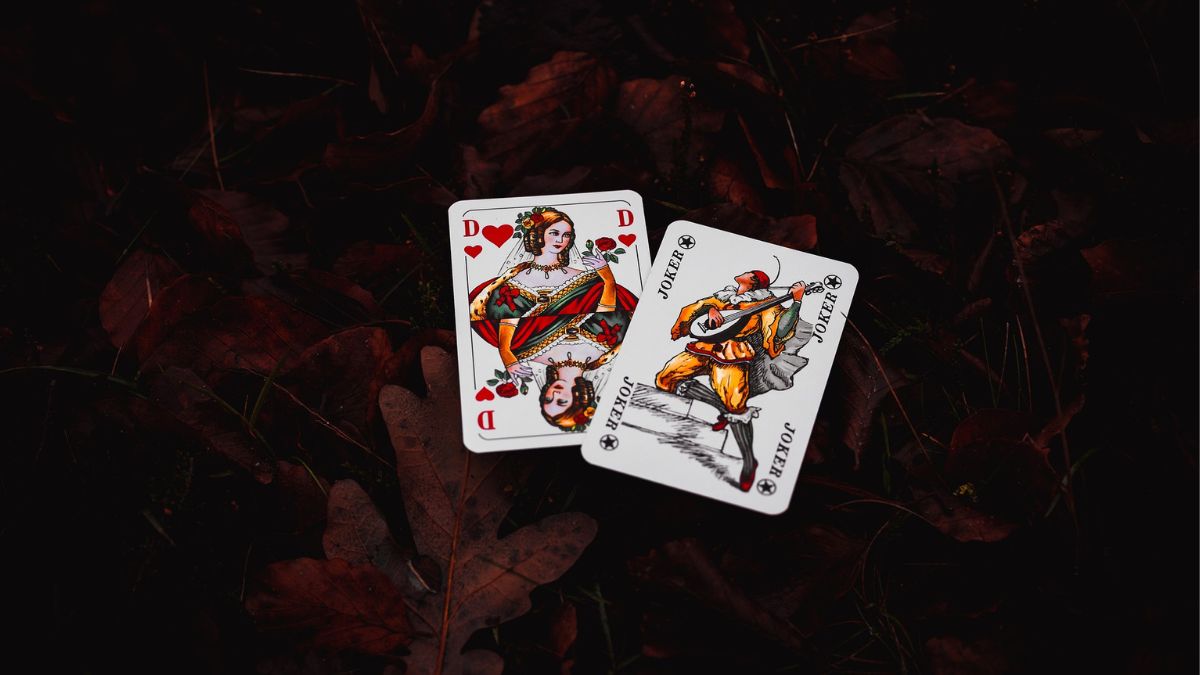“Desperado” is a songwriting masterpiece about the importance of love, connection, and belonging in life. The lyrics use images of the Old West to call individualistic ideals to mind but then gently suggest that those ideals are limited. In short, it’s a plea to someone that they’ll open their heart to people and learn to smell the roses.
Don Henley reportedly had the basic idea for the track by the late 1960s. However, it wasn’t until the early seventies (when Henley and Glenn Fry decided to write as a duo) that the idea was finalized. Originally, the song was based on a friend of Henley but was expanded to encompass larger themes. The western flair wasn’t added until the duo was working together.
In this article, we’ll perform an analysis of these touching lyrics to reveal the meaning behind them. We’ll also look at the universal themes that make this song great, as well as the songwriting story. Without further ado, let’s begin!
“Desperado” Lyrics Meaning
The song grabs our attention right off the bat by asking a direct question. Henley pleads with the “desperado” to “come to your [desperado’s] senses.” This gives the lyrics the feeling of an intervention. A blunt conversation is about to take place.
The desperado has been “out ridin’ fences” for some time. In other words, they’ve been chasing something without stopping to rest. Henley calls this desperado a “hard one,” but he knows about his “reasons” for being toughened by life.
Clearly, the relationship between Henley and the desperado is a compassionate one. Henley warns him that the “things that are pleasing” him are harmful in the end. He’s trying to convince the desperado that his ambitions are empty.
Henley and Fry have confirmed that the song is based on a personal relationship. On the record, the duo stated that the song was originally about a friend of Henley’s named Leo. While his name was eventually dropped from the lyrics, the sentiment is still there.
Verse two makes this clearer, and offers a solution. The desperado has been focused on the “queen of diamonds,” which is used as a symbol of achievement. Henley recognizes that this is a bottomless pit and recommends the “queen of hearts” instead. Using metaphors, Henley is telling the desperado to focus on connection with others instead of pursuing impersonal goals.
By strictly pursuing achievement, the desperado is missing out on the important things in life. “Fine things have been laid” on his table, but desperado has passed them by. Instead, he’s focused on idealized things he “can’t get.”
In verse three, Henley adds a sense of urgency. The desperado “ain’t getting no younger,” and we only get one life. Henley continues criticizing the ruggedly individualistic ideals that seem to drive the desperado. He cautions against over-emphasizing freedom and dismisses it as “just some people talking.”
If the desperado doesn’t change, his “prison is walking through this world all alone.” Isolating yourself for freedom’s sake will only lead to loneliness.
Next, Henley insists that the desperado’s lifestyle won’t stay satisfying for long. Instead, it will turn into a blur where it’s “hard to tell the nighttime from the day.” Although the thrill of making a go of it alone is real at first, “the feeling goes away.”
In the final verse, Henley closes his case by offering advice. He tells the desperado to “come down from” his fences (ambitions) and “open the gate.” This image represents the opening of the heart to others. Famously, the song ends with a plea to “let somebody love you before it’s too late.”
To sum up, “Desperado” is about the emptiness of ambition without love. Chasing achievement can quickly occupy our lives, and it’s important to remember that it’s all worthless without someone to share it with. The song owes its success to the fact that we can all relate to that message.
The Story Behind “Desperado”
Contrary to a popular misconception that Linda Rondstadt was the original force behind “Desperado,” this track is, in fact, a Henley-Fry creation. It was originally released in April of 1973 on the album of the same name. In October of the same year, Rondstadt released her famous cover version.
Henley reportedly had the basis for the idea since the late 1960s. However, the track became what we know and love today when Henley and Glenn Fry finalized it between 1972-1973. Originally, the song was inspired by a friend of Henley’s named Leo, but the scope of the song was broadened.
The Old West motif was added during the duo’s collaboration, and the music owes some inspiration to artists such as Ray Charles and Stephen Foster. Henley described the song as a “southern gothic” piece that was made more “western” by Fry’s contributions.
Based on the song’s reception, it seems that this creative process was a perfect storm. Commercially and critically, “Desperado” can only be called an extreme success. This well-known Eagles ballad was named one of the 500 greatest songs of all time on Rolling Stone’s 2004 list.
The next time you play this heartfelt classic, let these little pieces of music history make it even more special!

